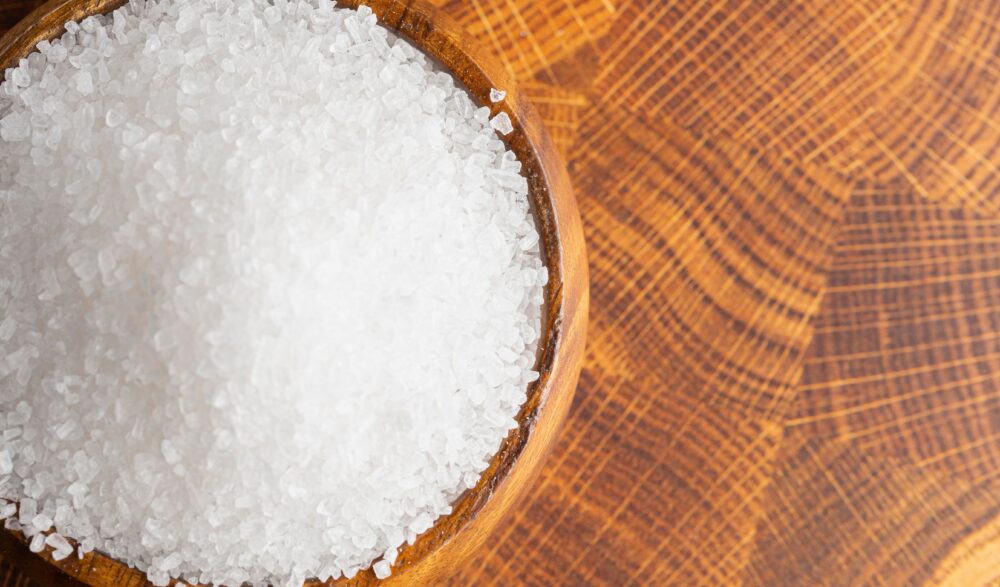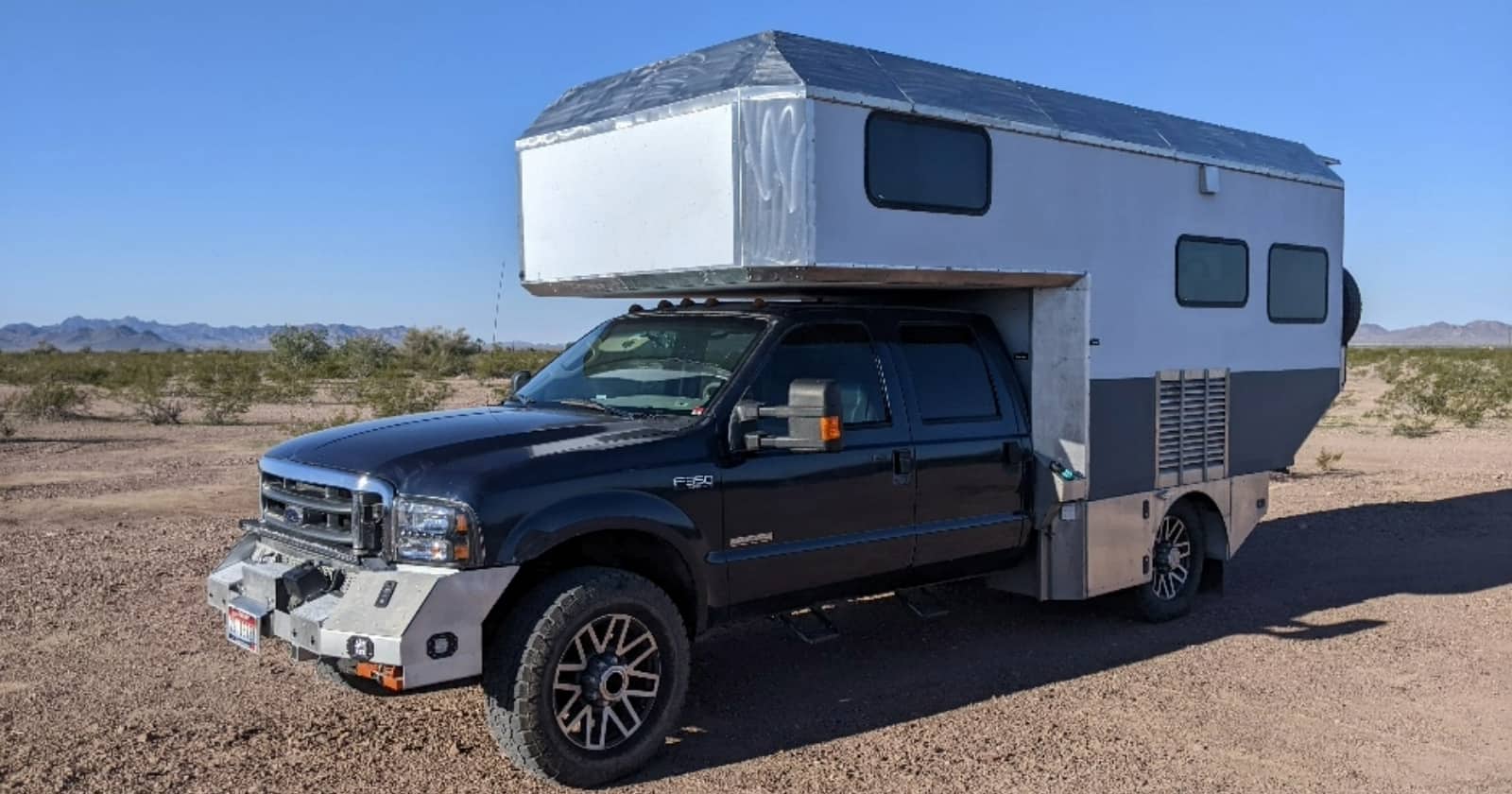
Should You Use A Moisture Absorber when storing your RV?
Mold and mildew are perhaps two of the most dreaded problems RV owners can face, particularly during long-term storage or winterization. The restricted airflow, coupled with trapped moisture, creates a perfect breeding ground for these unwanted guests. A commonly suggested solution is to use moisture absorbers to keep the atmosphere inside your RV dry. However, not all moisture absorbers are created equal, and some people prefer a DIY approach to this problem. This leads to an essential question: Can a DIY moisture absorber effectively prevent mold in a stored RV?
Let’s delve into the details to assess the effectiveness, varieties, and optimal methods for DIY moisture absorbers, particularly in relation to winterizing RVs and long-term storage.
What causes mold in stored RVs?
Mold and mildew are fungi that flourish in dark, damp, and humid conditions. When you store your RV for an extended period, especially during the winter, the reduced air circulation and fluctuating temperature can lead to condensation. Over time, this can foster an ideal environment for mold to grow, posing health risks and damaging your RV’s interior.
What are moisture absorbers?
A moisture absorber is a substance that draws water vapor out of the air, thus reducing humidity levels. Common substances used in commercial moisture absorbers include calcium chloride, silica gel, and activated charcoal. The principle is straightforward: lower humidity levels mean a less hospitable environment for mold and mildew.
Types of DIY moisture absorbers
Salt
Good old table salt is a hygroscopic substance, meaning it can attract and hold water molecules. You can use it as a DIY moisture absorber by placing it in bowls around your RV.
Rice
Ever wondered why some restaurants put rice in their salt shakers? It’s because rice is excellent at absorbing moisture. Small sachets of rice can be strategically placed to combat humidity.
Baking soda
Commonly used for odor absorption, baking soda also has moisture-absorbing properties. Place it in open containers or make sachets to distribute throughout the RV.
Activated charcoal
It’s not just for your water filters or face masks; activated charcoal is excellent at absorbing moisture. Fill a container and place it in areas prone to moisture accumulation.
Do they work?
DIY moisture absorbers can be effective to a certain extent but come with limitations. Their absorption capacity is usually less than commercial moisture absorbers, which means they may require frequent replacement or maintenance. Moreover, their efficacy can be influenced by the extent of moisture, the size of the space, and the duration for which the RV will be stored.
Best Practices for Using a DIY Moisture Absorber
Strategic placement
To maximize the efficacy of your DIY moisture absorber, you’ll want to place them in high-moisture areas like the bathroom, kitchen, and storage compartments.
Regular checks
DIY solutions require more maintenance. Make a schedule to check the status of your moisture absorbers and replace them as needed.
Supplement with ventilation
Even the best moisture absorber can’t replace good old-fashioned ventilation. If possible, periodically air out your stored RV to facilitate a better air flow.
Combine with commercial solutions
For maximum effectiveness, consider using DIY moisture absorbers in conjunction with commercial products. This could provide a more comprehensive solution.
Safety precautions
While most DIY moisture absorbers are relatively safe, it’s vital to keep them out of reach of pets and children. Certain substances like activated charcoal may cause respiratory issues if mishandled. Always use gloves and wash your hands after handling.
Conclusion
So, can a DIY moisture absorber prevent mold in a stored RV? The answer is yes, but with caveats. DIY solutions can be an economical and readily available alternative, but they often require more frequent maintenance and may not offer the same level of effectiveness as commercial products.
That said, DIY moisture absorbers can certainly be part of a broader strategy for keeping your RV mold-free during storage. When used thoughtfully and safely, these DIY solutions can go a long way in making your return to your RV a breath of fresh, mold-free air.
By exploring various options and combinations, and by being diligent with maintenance, you can improve the odds of keeping your stored RV mold-free throughout the winter or any extended storage period.
So before you seal up your home-on-wheels for a seasonal slumber, consider integrating DIY moisture absorbers into your winterization plan. It could make all the difference when you’re back on the road, exploring the world in your well-preserved RV.
Track your RV maintenance
Make sure you keep track of all your RV maintenance and repairs with an online tool such as RV LIFE Maintenance. Not only can you keep all of your documents in one place, but you’ll also receive timely reminders when maintenance is due to help you avoid costly repairs and potentially serious accidents.




I live in the PNW and store my RV in covered but open-air storage. I use two Damp Rid buckets when the trailer is stored. I always struggle with whether to leave my vents (with MaxAir covers) open or closed. I do leave open in the dry season, thinking the ventilation is best. I tend to close them in the rainy and damp winter. My thinking is to limit the introduction of humid air into the trailer and let the Damp Rid extract the moisture left in the RV. Am I doing it right?
Salt works to a point. A better alternative is calcium chloride. It is what most commercial desiccants are made of. Instead of buying the commercial stuff, buy calcium chloride ice melt. You can get 50lb bags for around $25.
I have kept the containers from previously used name brand stuff since the have the plastic screen in the bottom.